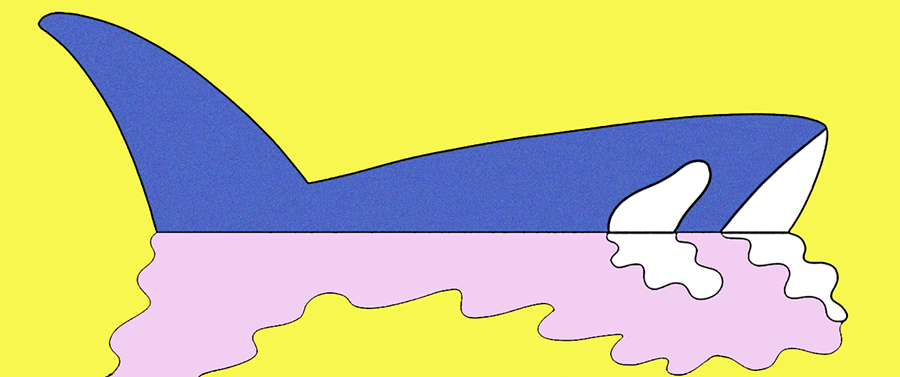||| FROM THE ATLANTIC |||
On a warm September afternoon, on San Juan Island off the northwestern coast of Washington State, I boarded J2, a sleek black-and-white whale-watching vessel. The boat was named after a locally famous orca, or killer whale, affectionately known as “Granny.” Until her disappearance in 2016, Granny was the matriarch of J-pod, one of the three resident orca groups, or pods, that live in the surrounding Salish Sea.For what some experts think was more than a hundred years, Granny returned to these waters every summer, birthing babies and watching them grow. She taught her daughters and sons to hunt Chinook salmon, leading them to where the fish were fat and plentiful. She celebrated births and salmon feasts with other families in her clan, sometimes with as many as five generations side by side. She lived through the decades when humans captured her kin, and through the transformation of the local islands from rocky farms to wealthy urban escapes.
[READ: The lingering curse that’s killing killer whales.]
Suddenly, the whales disappeared, and a uniform ripple appeared on the water’s surface. A small seal was swimming near the rocky shoreline, and the orca family had used its massive collective bulk to send an underwater pressure wave racing toward it. A second ripple rose from the surface, and the seal, knocked off balance, disappeared. Very quickly, it was clear that the family had triumphed: Gulls circled overhead, eager to claim the bits of seal that the whales would leave behind.This is the hunt, the daily fight of mammal-eating orcas. It’s a dance with these creatures, a constant balance of risk and reward—the more aggressive the prey, the more likely they are to be injured in the battle. While residents have to work together to hunt salmon, salmon don’t fight back. For the transients, Hafey said, every meal is a potential death match: “It’s as if every time you opened the fridge you had to have mortal combat with a turkey to get a sandwich.”Granny and her kin are considered part of the same species as transient killer whales, Orcinus orca. But residents and transients have lived separate lives for at least a quarter-million years. They generally do their best to avoid each other, and they don’t even speak the same language—the patterns and sounds they use to communicate are completely different. Over time, each type has established cultural traditions that are passed from generation to generation. While transients’ small groups enable them to hunt more quietly and effectively, residents’ large extended families allow them to work together to locate and forage for fish. Biology isn’t destiny, but for orcas, food sources might be.
**If you are reading theOrcasonian for free, thank your fellow islanders. If you would like to support theOrcasonian CLICK HERE to set your modestly-priced, voluntary subscription. Otherwise, no worries; we’re happy to share with you.**







